Rising Demand for Convenience
The Baby Carrier Market experiences a notable surge in demand for convenience-driven products. As parents increasingly seek solutions that facilitate mobility while ensuring comfort for their infants, the popularity of baby carriers continues to rise. This trend is underscored by data indicating that approximately 60% of parents prioritize ease of use when selecting baby carriers. The ability to carry infants hands-free allows parents to engage in daily activities without compromising their child's safety. Consequently, manufacturers are innovating to create carriers that are lightweight, easy to adjust, and versatile, catering to the needs of modern families. This growing preference for convenience is likely to propel the Baby Carrier Market forward, as more parents opt for products that seamlessly integrate into their busy lifestyles.
Increased Awareness of Infant Safety
The Baby Carrier Market is significantly influenced by heightened awareness surrounding infant safety. Parents today are more informed about the potential risks associated with improper carrying techniques and the importance of ergonomic designs. Research suggests that around 70% of parents consider safety features as a primary factor in their purchasing decisions. This awareness has led to a demand for carriers that adhere to safety standards and provide adequate support for both the infant and the caregiver. As a result, manufacturers are focusing on developing carriers that not only meet safety regulations but also enhance the overall carrying experience. This emphasis on safety is likely to drive growth in the Baby Carrier Market, as parents prioritize products that ensure their child's well-being.
Technological Advancements in Design
The Baby Carrier Market is being transformed by technological advancements that enhance product functionality and user experience. Innovations such as breathable fabrics, adjustable straps, and integrated storage solutions are becoming increasingly common. These advancements not only improve comfort for both the caregiver and the infant but also cater to the diverse needs of modern families. Market data suggests that carriers with advanced features are gaining popularity, with sales of high-tech carriers increasing by approximately 30% over the past year. As technology continues to evolve, it is likely that the Baby Carrier Market will see further innovations that redefine traditional carrying methods, making them more appealing to tech-savvy parents.
Growing Interest in Eco-Friendly Products
The Baby Carrier Market is witnessing a shift towards eco-friendly products, driven by an increasing consumer preference for sustainable materials. Parents are becoming more conscious of the environmental impact of their purchases, leading to a demand for carriers made from organic and recycled materials. Data indicates that approximately 45% of parents are willing to pay a premium for eco-friendly baby carriers. This trend is prompting manufacturers to innovate and incorporate sustainable practices into their production processes. As the market evolves, the emphasis on sustainability is likely to shape the Baby Carrier Market, encouraging brands to adopt environmentally responsible practices while appealing to eco-conscious consumers.
Influence of Social Media and Online Communities
The Baby Carrier Market is significantly impacted by the influence of social media and online parenting communities. Platforms such as Instagram and Facebook serve as vital channels for parents to share experiences, recommendations, and reviews of baby carriers. This digital word-of-mouth marketing has proven effective, with studies indicating that nearly 50% of parents rely on social media for product recommendations. As influencers and parenting bloggers showcase various carriers, consumer interest is piqued, leading to increased sales. The ability to connect with other parents and access a wealth of information online is likely to continue shaping the Baby Carrier Market, as brands leverage these platforms to engage with their target audience.


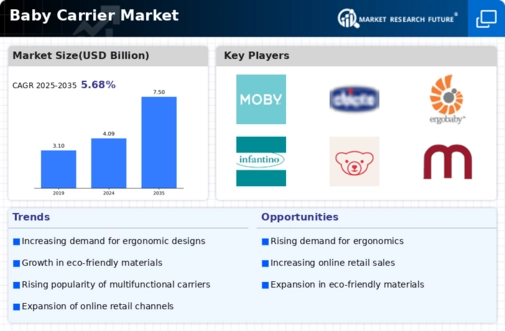
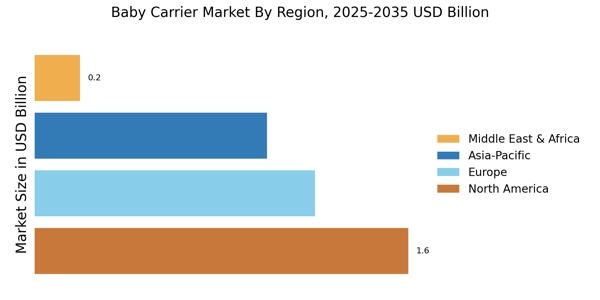
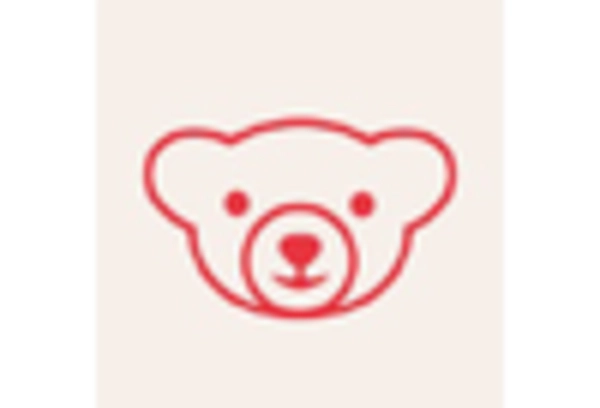
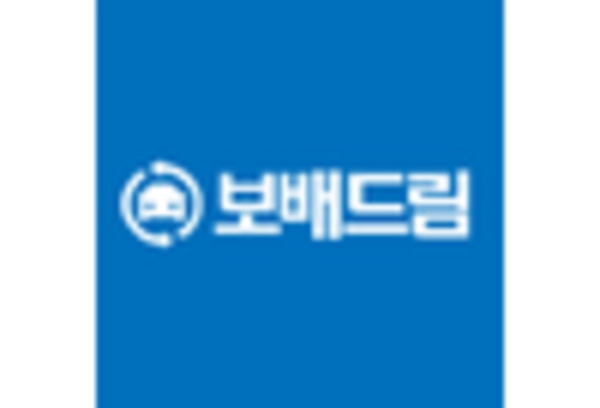
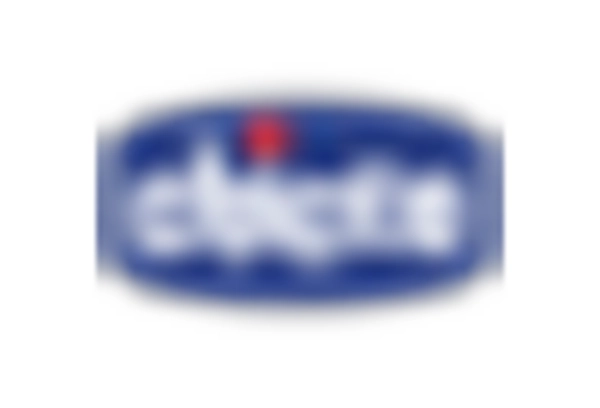
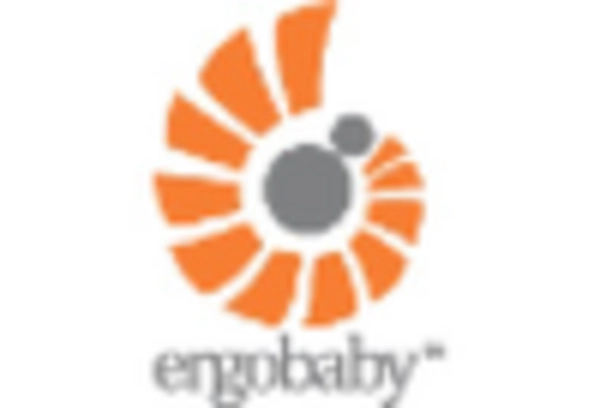
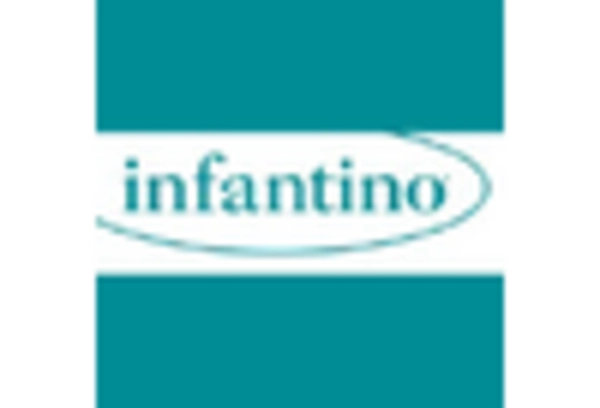
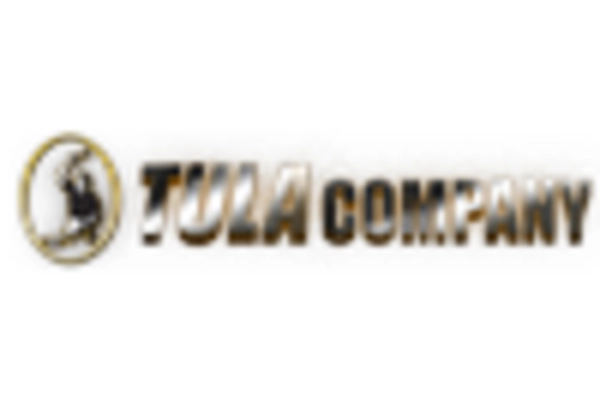








Leave a Comment